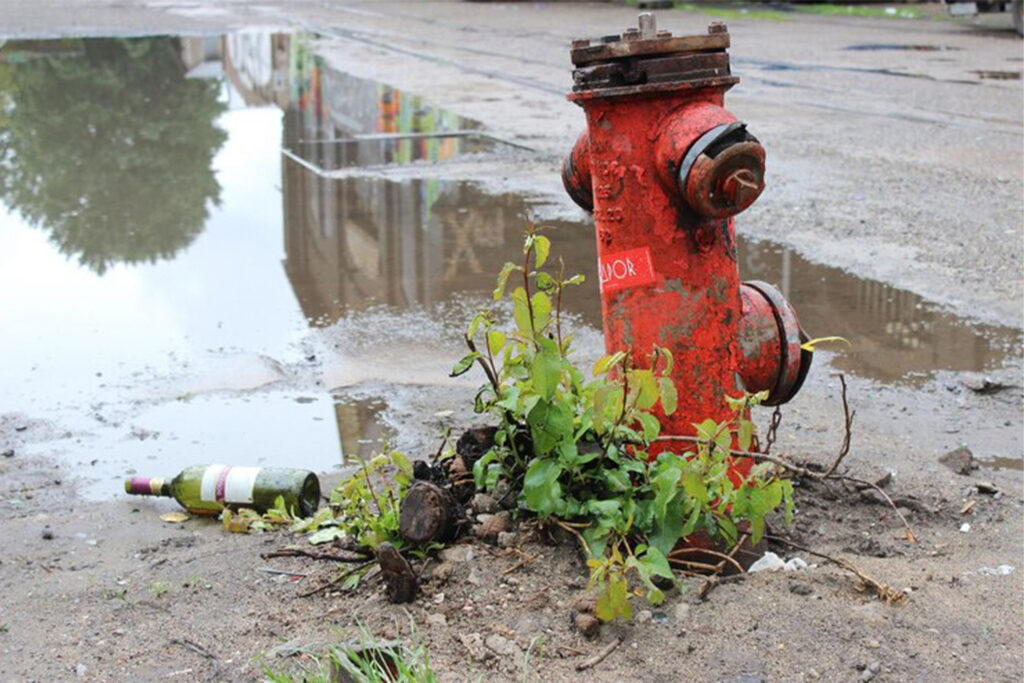Lessons from Broken Systems, Bureaucratic Gaps, and False Assumptions
Fire hydrants are among the most crucial components in our urban infrastructure. When a fire breaks out, the assumption is that a nearby hydrant will work immediately and reliably. Yet repeatedly, headlines tell a different story: hydrants that fail in the moment of need, with devastating consequences.

But why do hydrants fail?
In California, fire engines sometimes pull up to homes engulfed in flame only to find the hydrant dry. It’s not low-pressure but completely dry. Firefighters spin the wrench, but nothing happens. This is not rare. In cities, suburbs, and rural districts alike, hydrants fail when they’re needed most. Why?
Because in California, the hydrant is often a ghost. It exists physically. It may even look freshly painted. But in function, when the test is real, it is hollow.
A Splintered Infrastructure: Who Owns the Water?
One of the core problems is that the entities responsible for water delivery and those responsible for fire suppression are not the same. There is a broken lattice of water authorities, municipal departments, and unincorporated districts. Each having its priorities, maps, and records.
This means hydrants might be under the nominal care of a water utility that sees them as tertiary infrastructure—low priority, rarely tested. Meanwhile, fire departments operate under the assumption that these hydrants will deliver. There’s no shared database. No synchronized maintenance. Just paper maps, assumptions, and HOPE.
Planning by Checkbox, Not Reality
Developers, especially in fire-prone foothills, often simply add hydrants to their site plans to satisfy permitting requirements. But few are tested under stress. As noted in the book, “Many hydrants exist more as visual markers of safety than as working tools of suppression.”
In remote neighborhoods, some hydrants are installed without confirmed access to a pressured water main. Others rely on electric pumps, which shut down in a blackout, rendering the entire system useless when wildfires strike and power is cut.
The illusion is complete: houses sold as “firewise” come with hydrants that have never seen a single operational drill.
Bureaucratic Evasion: Who Gets Blamed?
When a hydrant fails, no one gets fired. The water agency blames supply strain. The city blames the developer. The fire department cites “unforeseen limitations.” But the families whose homes burned don’t care about the paperwork.
As the book says plainly: “Responsibility is a shell game.” And with no centralized, enforced hydrant testing protocol across counties, the failures repeat, year after year, fire after fire.
What Needs to Change?
Simpson’s message is clear: hydrant failure is not a mystery—it’s a maintenance problem, a design oversight, and a systems failure. But it’s also a fixable one.
Solutions Include:
- Annual pressure testing and flow checks
- Replacing hydrants after a certain age threshold
- Centralized digital maintenance logs
- Community education and stronger regulations for tampering
- Budget prioritization for water infrastructure
The humble hydrant deserves more attention in a world increasingly affected by climate extremes and urban density.
It’s time we stop taking hydrants for granted. Because in the fight against fire, a single working hydrant can mean the difference between devastation and survival.
Let’s protect what protects us.
